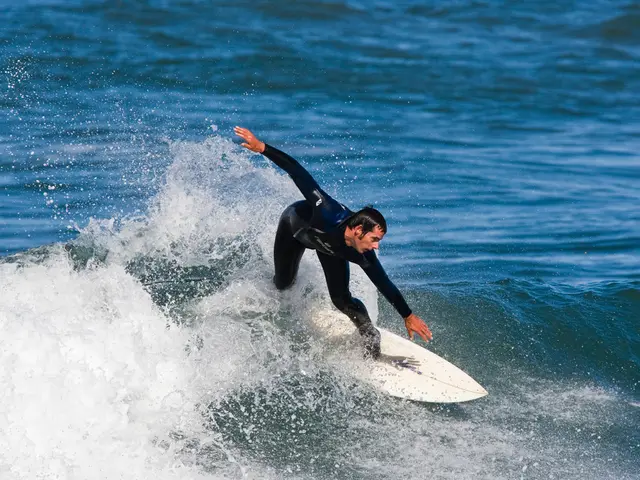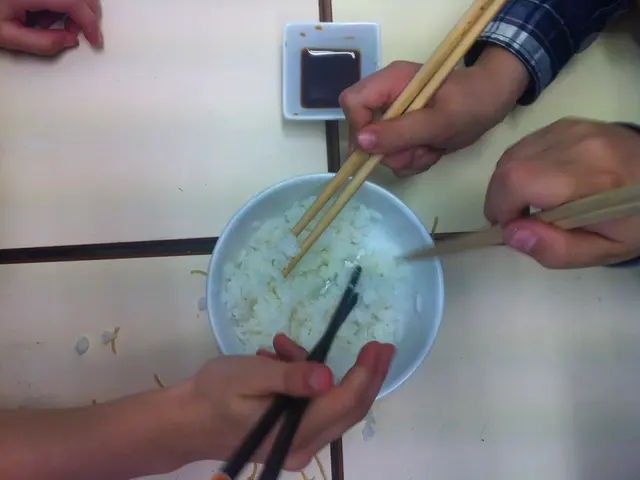"Vacation Snapshots Success: A Guide to Mastering Sunset Photography"
In the realm of photography, composition is almost everything, according to Judy Hohmann, a renowned expert from "c't Fotografie." This principle holds true especially when capturing self-portraits during travel. To create authentic, interesting travel photos of yourself with better composition, timing, and less reliance on typical selfie poses, consider the following key points.
Composition
To direct the viewer's eye towards you and add depth and interest to your photo, use leading lines such as roads, railings, or pathways. Experiment with perspectives like high angles (shooting downward) or low angles (shooting upward) to make your subject stand out and create dramatic effects. Incorporate reflections in puddles, windows, or mirrors to add creativity and context to your self-portraits. If using a smartphone, try Portrait Mode to blur the background and focus on yourself with a professional look. Avoid holding the camera too close to your face to minimize distortion; ideally maintain at least 0.6 meters distance for a natural look including your surroundings.
Timing
Shoot during the golden hours (early morning or late afternoon) when natural light is soft and flattering. Use Pro or Manual Mode on your smartphone camera to adjust ISO, shutter speed, and white balance for optimal exposure, especially in challenging lighting. Consider using HDR mode when bright and dark areas coexist to capture balanced details across your image.
Minimizing Selfie Poses
Instead of classic selfie holds, use a tripod or stable surface with a timer or remote shutter to capture more natural poses without the arm in the photo. Avoid looking straight into the camera all the time; look at the scenery, interact with objects, or walk naturally to create candid, storytelling images. If wide-angle or fisheye lenses are available, use them to reduce the prominence of “selfie” framing.
Additional practical tips include utilizing scenic backgrounds actively rather than just as a backdrop, experimenting with slightly tilted angles to add dynamism, and using minimal gear to keep your setup simple while creative.
After the vacation, organize your photos into a folder structure either by date or by vacation destination. Evaluating photos and deleting those that didn't turn out well is important to avoid data flood. Activating the grid frame in the camera app can help keep the horizon straight in the picture. When using a self-timer, positioning the smartphone somewhere, such as on a bench, can help ensure that the subject is not too prominent in the picture. Sitting down in a photo, such as on a bench opposite the bench where the smartphone with the activated self-timer is standing, can make the photo less intrusive and more artistic.
Lastly, remember that the actual quality of a picture lies mainly in its composition. The main subject should not necessarily be placed in the middle of the picture, but rather on the edge, to avoid making pictures boring. Too much activity in the background can distract from the main subject. Regular backups of photos are necessary to prevent losing them, and can be done via cloud services like Google Photos, Onedrive, or Dropbox, or manually with an external hard drive.
- To create an artistic self-portrait during travel, incorporate leading lines, play with different perspectives, and utilize reflections, as these techniques can direct the viewer's eye towards you, adding depth and interest to your photo.
- To achieve a more natural and less selfie-like pose in travel photography, use a tripod or stable surface with a timer or remote shutter, and experiment with looking at the scenery, interacting with objects, or walking naturally, which can result in candid, storytelling images.




